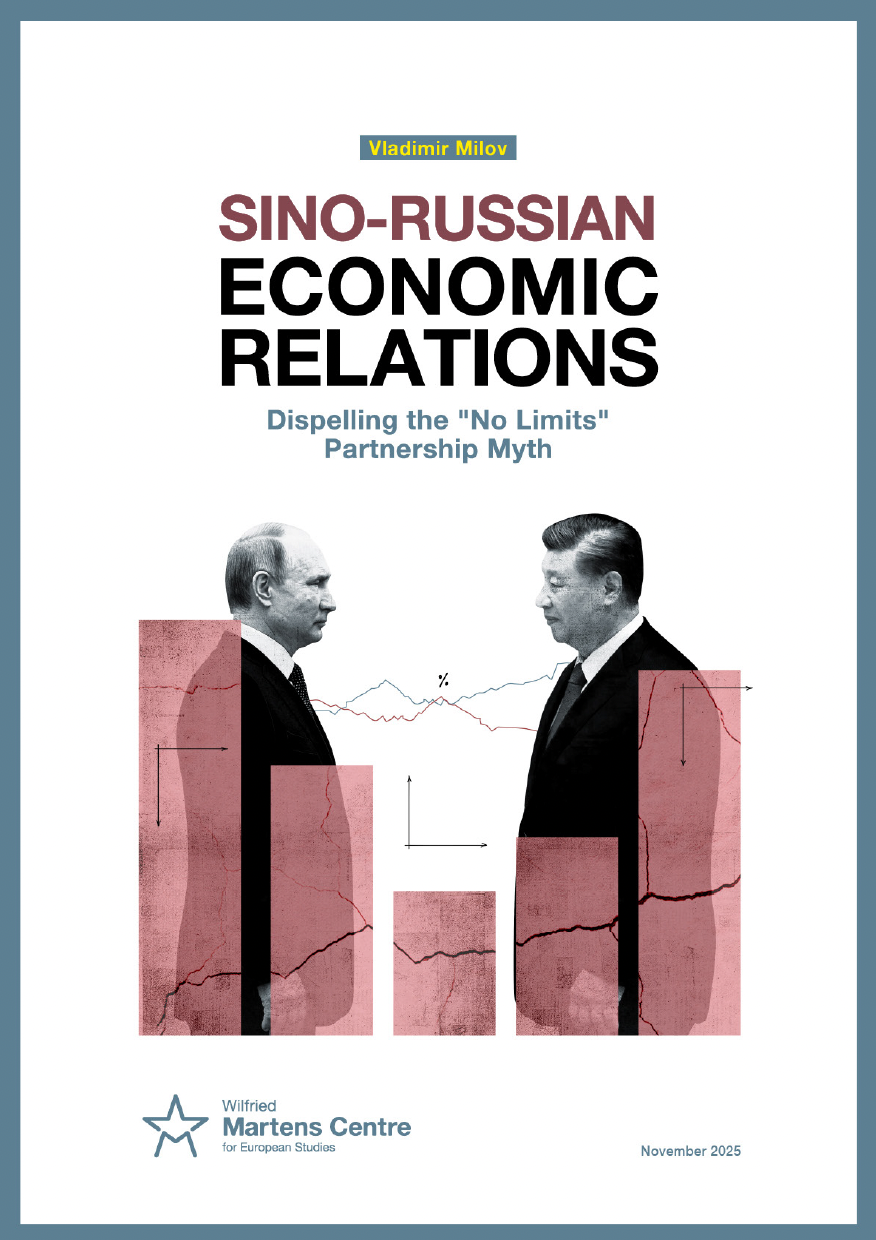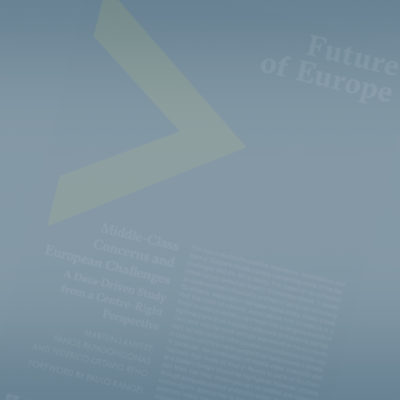The Digital Revolution Within the Workplace
10 May 2016
Technology is, undoubtedly, disrupting the world as we know it at a faster pace than we’ve ever seen before. It is reinventing society in ways we could have hardly imagined just a few years ago.
Technologies such as cloud computing, mobile apps, ecommerce or wireless communication have helped democratize information and give access to knowledge at a larger scale than ever before. We now live in a ‘network society’ always connected, always changing and always redefining itself.
This digital revolution has taken by storm all aspects of our daily lives and the way we work is one of the areas where disruption will be the strongest. It is not only the ‘how we work’ that we need to rethink, but also the ‘when’ and ‘where from’.
Coping with such disruption is already proving to be very challenging across industries, for both employers and employees in the public and private sectors. But it is up to us to face the challenges and make sure that the workplace environment is keeping up with the technology surrounding it, instead of trying to ignore for as long as possible (which, on the long term, would have disastrous consequences).
First of all, I strongly believe that for the world of work to keep the pace with the technological revolution, our paradigm around what work is and how it should happen need to change. For the past 150 years, throughout the industrial revolution and until today, very little has changed in the way we design organisations and jobs.
Just like in Henry Ford’s time, today’s workplaces are following the factorymodel organisational design shaped around structured hierarchy, heavy bureaucracy, overwhelmed by control and rules, adverse to change. As much sense as this model might have made in the industrial era, today it is making less and less sense to apply these same principles to our working environments.
Given the opportunities that technology is providing, it is now the time for us to start rethinking the meaning of work so that we can start redesigning the workplace. Organisations need to become flexible and adaptive in order to survive and because of technology, we now have the opportunity to make it happen.
Less hierarchy, more autonomy, simplifying bureaucracy as much as possible and involving employees more in the decisional process should become the norm of the organisation leading the way forward in any kind of industry or sector.
New models of organisation design such as holocracy, wirerachy, freedom centered or distributed (remote) have challenged the status quo of the world of work. And though none of these models have proven to be perfect, they all have one thing in common: maximising the impact that technology has within the workplace, taking full advantage of how it can help an organisation thrive (and improve the flow of information, communication, learning and development of employees, productivity etc).
In addition, technology is also redefining the physical environment of the workplace. Remote work is becoming more and more the chosen solution, as for an organisation this means lower fixed costs, significantly decreasing commuting times and also being able to tap into a global talent pool without being limited by the physical space to look for the most talented employees living in the proximity of the workplace.
And even for companies for whom remote work is not the solution, the office space is being redefined. It is making its transition from the cubicle to becoming a hub for collaboration where employees can spend time connecting with each other rather than the place where they need to be between 9am and 5pm.
But for all of this, the shift of paradigm needs to happen also as organisations need to drop the idea that efficiency and performance is directly tied with the rules of the physical offices fixed working hours and long commutes. Instead, remote working working organisations and coworking offices rely heavily on collaborative technology and digital tools to help employees thrive in their work.
Secondly, another aspect of the world of work keeping up with technology is the fact that digital workplaces will need digital employees. In other words, emphasis needs also to be put on developing digital literacy both within current generation in the workplace as well as younger generations who will enter the workplace in the upcoming years.
At the moment, there is a high percentage of the workforce (mostly represented by Generation X) across the world with real difficulties in using digital tools within the workplace and this is impacting in a negative way both productivity and the workflow within the organisation.
Developing learning programs that help them gain digital skills will be critical in the next years, as the requirements of the modern workplaces and the transformation of many of today’s jobs could lead to a stron technological unemployment trend which might leave heavy marks on economies and the society.
And even if today’s younger generations have been heavily exposed to technology since very early in their lives and they are true digital natives, they still need training and education about using digital tools purposefully in the workplace. For this, attention needs to be brought to education systems across the world to integrate digital literacy within the curricula of schools as an essential part of the learning process.
At the moment, the gap between skills taught at school and skills required in the workplace is becoming higher and higher and most of it because of this lack of focus on digital literacy.
Last but not least, government policies need to be more open to regulating new ways of work supported by technology. On one hand, it is the rise of the digital nomads and of the remote workers (who are either working on a freelance basis or as part of remote or flexible working companies).
At the moment, it is legally quite difficult for such workers to deal with paying taxes or finding legal ways of justifying their work (since the are huge gaps in legislation related to such regulations of remote or freelance work).
On the other hand, technology offers the opportunity to help close the unemployment gap for vulnerable groups of people (the disabled, the elderly, ethnic discriminated minorities etc). With the help of digital tools, they can be much more easily integrated in the workplace (both on physical or in remote working environments, depending on the needs).
But in order for organisations to create employment opportunities for these vulnerable groups, government policies play an important role in advocating for such approaches, reducing the bureaucracy of these processes and maybe even incentivising organisations for adopting such policies.
To sum up, I believe the impact that technology will have on the workplace will have a massive impact on shaping tomorrow’s society and it is our duty right now to try to foresee the changes coming along in the workplace and the forces driving it so that we can adapt to them in the best possible way.
The Romanian version of this article has been previously published in the Romanian news portal Ziare.com.
ENJOYING THIS CONTENT?






















